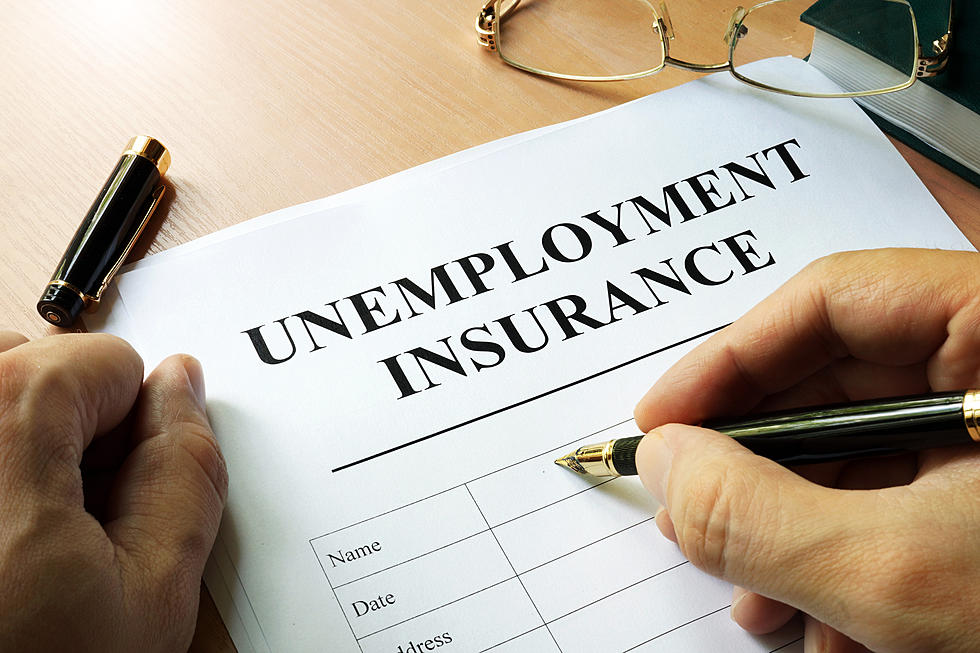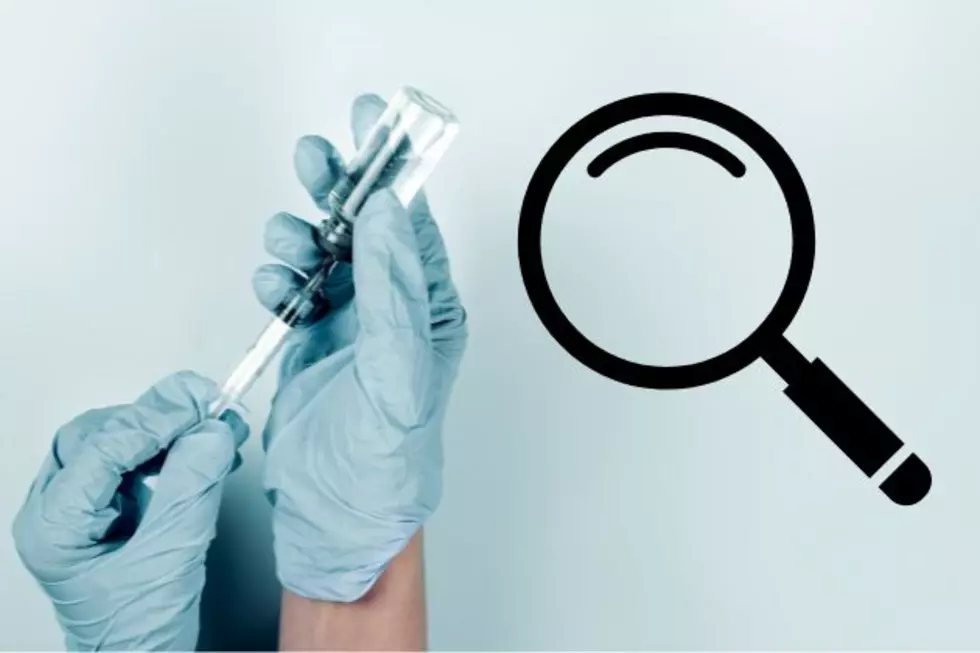
Anger and Incredulity at Hearing on NJ’s Unemployment System
TRENTON — The third and perhaps final pandemic oversight hearing held by Republican lawmakers shined a light on problems with unemployment benefits, a challenge that persists a year after jobless claims first surged in the initial lockdown.
An expert from the National Conference of State Legislatures talked about strategies states have used to respond to the record demand for benefits. A COBOL computing consultant was befuddled that people are still being tripped up by the state’s crusty technology.
But mostly, the forum was an opportunity for people who’ve battled for months to get their jobless benefits to vent to state officials, albeit not to ones in the political party that controls the government.
“I can tell you right now, if Gov. Murphy were in the private sector, his board would remove him, fire him and replace him,” said Vince Hoban, of Middletown. “And that is what we need. We need somebody to fire him.”

“Honestly, in New Jersey we pay some of the highest taxes in the nation – unacceptable. Unacceptable,” said Britney Mahoney, of Hazlet. “What if I say until I get my unemployment, I hold my taxes? Because I’m not paying taxes and struggling for New Jersey to just put us to the side and say, ‘Thanks for your taxes. Good luck!’ I think it’s disgusting.”
New Jersey’s unemployment system was overrun at the start of the pandemic last spring, when Gov. Phil Murphy ordered non-essential businesses closed and urged everyone to stay home.
There have been just eight weeks in the last 33-plus years in which more than 50,000 people filed new unemployment claims in New Jersey – and they were the eight consecutive weeks that began last March 21. Five of those weeks exceeded 140,000 claims, peaking at nearly 215,000 the week of April 4.
The state was not alone. Bill Hinshaw, chief executive officer and founder of COBOL Cowboys, said 27 states saw their unemployment insurance computer systems crash in the early days of the pandemic.
Hinshaw, whose consulting company helped the state last spring, was incredulous that people are still experiencing computer snafus that keep them from promptly receiving benefits. Fixing the back end of the UI mainframe would cost around $25 million and take two to three months, Hinshaw estimates. The upgrades needed for the whole system could cost $60 million, he said.
“I can’t believe it’s been a year, and I’m now hearing that it hasn’t been fixed. With people and funding, it should have been fixed quickly,” Hinshaw said. “A whole year? That’s a lifetime.”
Zach Herman, a research analyst in the Employment, Labor & Retirement Program at the National Conference of State Legislatures, said states tried a multitude of approaches to expand the capacity of their unemployment systems after the pandemic struck. North Carolina and others created application tracking systems for the applicants.
“They can see where their application is in the process and then also if there’s an issue with their application, they can go into it and see what it is,” Herman said. “So, if they typed their Social Security number wrong, they can go in and fix that Social Security number.”
No officials from the Murphy administration testified at the hearing, though they were invited. None attended the earlier GOP oversight hearings, either, which were focused on deaths in long-term care facilities and the economy.
During the hearing, though, the Department of Labor and Workforce Development announced it had begun using an enhanced identity verification tool that it said would expedite processing for legitimate unemployment claims and reduce fraudulent ones.
The state contracted with security vendor ID.me to provide multi-factor identity verification services. Claimants, when necessary, will be instructed by the state to verify their identity through ID.me, which can be completed in a few minutes on a computer or mobile phone or in a live video conference and involves uploading photos of things such as a driver’s license or passport.
Identity theft has been rampant to fraudulently receive unemployment benefits nationwide during the pandemic. The state labor department said it has identified 260,000 fraudulent claims and prevented more than $2 billion in erroneous payments.
The state has drained its entire unemployment fund paying benefits over the past year and has borrowed $950 million from the federal government that will have to be repaid. In all, 20 states and territories currently have a combined $53.5 billion in loans from the Federal Unemployment Account.
KEEP READING: These are the top 6 scams connected to the pandemic
KEEP READING: Here are 50 of your favorite retail chains that no longer exist
More From WPG Talk Radio 95.5 FM










